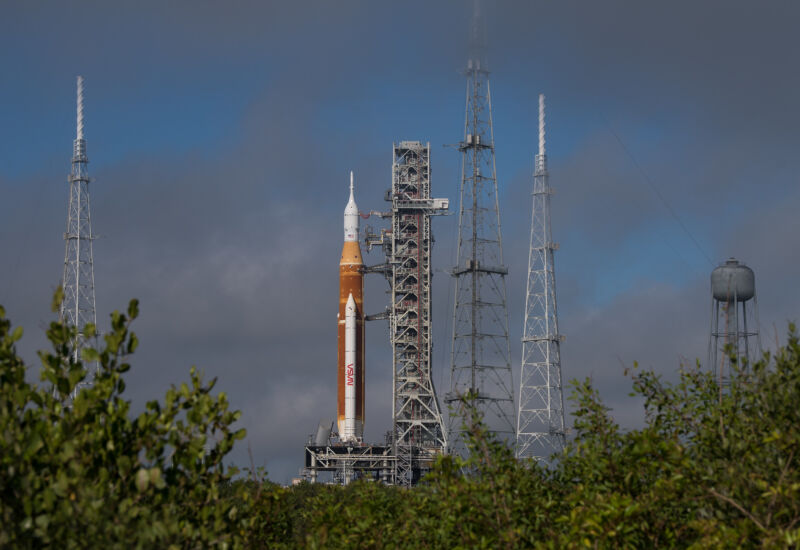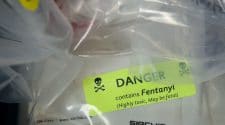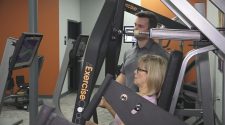
NASA
After two weeks of preparatory work on the launch pad at Kennedy Space Center, NASA is ready to put its large new rocket and its complex plumbing system to the test. This will be the final major rehearsal before the space agency declares that, after 11 long years and tens of billions of dollars in development costs, the Space Launch System is finally ready to fly.
The “wet dress rehearsal” is slated to begin at 5 pm ET (21:00 UTC) on Friday, when the launch control teams will arrive on console at the Launch Control Center. At that point, engineers and technicians will begin to power up the Orion spacecraft and the rocket itself. But the real action will not take place until Sunday.
At around 6 am ET, a team from NASA and the launch vehicle’s contractors will enter a “launch day” countdown; shortly thereafter, they will start to fuel the rocket’s core stage with liquid oxygen. The loading of liquid hydrogen will begin about an hour later. NASA has posted a tentative schedule with key milestones on its website.
After a series of holds, NASA plans to resume its countdown toward launch at 2:30 pm ET on Sunday and continue until about T-10 seconds, with the test ending before igniting the rocket’s four main engines, which once powered NASA’s space shuttle. If all goes well, the test will wrap up by around 5 pm on Sunday.
Two days or delays?
NASA officials have said they will update the media on Monday about the results of the test. Of course, this assumes that the wet dress rehearsal test is completed in two days. There are no guarantees of that, as NASA will be working with a complicated rocket and intricate ground equipment and handling 700,000 gallons of extremely cold liquids. It will be a major test for all of these systems. When NASA conducted a similar “countdown demonstration test” of its Saturn V rocket for the first time in 1967, with the Apollo 4 mission, there were all sorts of issues, and the test stretched out to 17 days.
“This is the first time off, and it is a test,” said Charlie Blackwell-Thompson, the Artemis launch director. “I am certain as we go through things, we will learn, and certainly if we have any kind of issues that we have to go address that could drag the timeline. I think two days is a reasonable amount of time.”
She said that if the test got into propellant loading and an issue needed to be addressed, NASA would have to stand down while supplies of liquid oxygen and hydrogen were replenished. Depending on how far into the test this occurred, this could be a delay of one to four days.
NASA does have an advantage in that it has already previously fueled the core stage of the SLS rocket on several occasions during a series of hot fire tests more than a year ago at Stennis Space Center in Mississippi. But the ground systems in Florida are untested.
How will it go?
So will all go well? During a call with reporters on Tuesday, senior NASA officials seemed fairly confident that the wet dress test would go off smoothly. However, they acknowledged that this is the first time the entire rocket and spacecraft will be handled and fueled in concert with its ground systems and the extensive software to manage it all. So yes, they acknowledged, things could go wrong.
About a week after the test is complete, NASA officials said they expect to be able to set a launch date for the Artemis 1 mission, which will fly an uncrewed Orion spacecraft around the Moon. Presently, this test flight will happen no earlier than June.
The SLS rocket uses a number of systems from the space shuttle. The rocket’s main RS-25 engines have all flown on the shuttle in orbit. Its solid rocket boosters are derived from the shuttle. Wayne Hale, a former NASA flight director who also led the shuttle program, told Ars that he expects some issues to show up during the test, given the extensive new piping, pumps, and valves that manage all of the cryogenic fuel being loaded onto the SLS rocket. The system may also experience some purge gas issues, electrical problems, or poor radio communication. Finding these kinks is the purpose of such a test.
“I would be really surprised, in a pleasant way, if the test went off without a hitch,” Hale said. “At the same time, while I expect some delays and perhaps a re-test, I really wouldn’t expect a long delay or finding a major issue requiring months of rework.”
















Taylor Swift Says She Didn’t Break Instagram with Livestream — Plus, Lindsay Lohan’s Bizarre Commentary